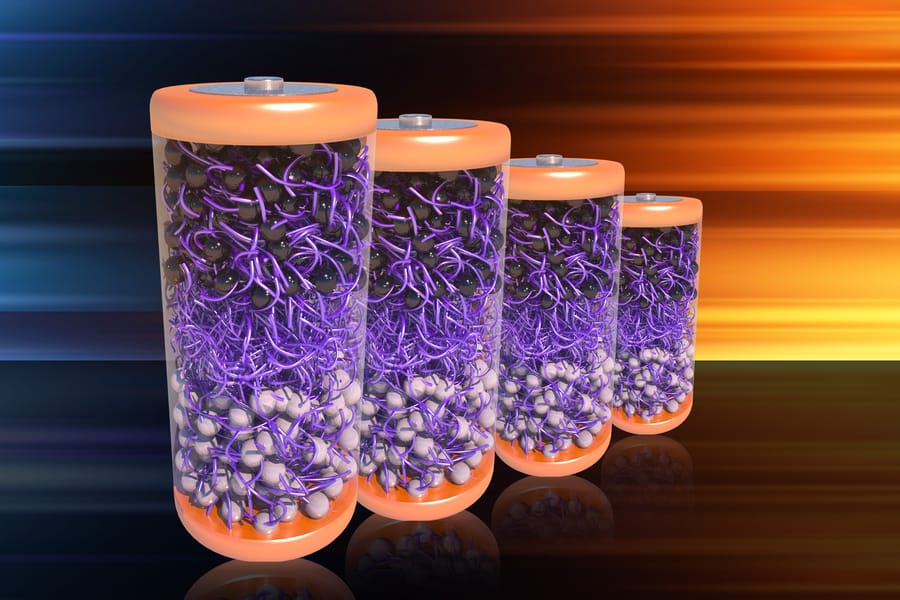In a study published in Nature Chemistry, the team demonstrated a solid-state electrolyte that breaks down in simple organic solvents, causing the battery to come apart for easier recovery of components. The material belongs to a class of molecules known as aramid amphiphiles (AAs), which “that self-assemble in water” and mimic the chemical stability of Kevlar.
Researchers at the Massachusetts Institute of Technology (MIT) modified the AAs with polyethylene glycol to conduct lithium ions. In water, the molecules self-assemble into nanoribbons with robust, Kevlar-like backbones and ion-conducting surfaces. Hot-pressing these nanoribbons yields a solid-state electrolyte that is mechanically stable.
Tests showed the electrolyte could shuttle lithium ions between common electrode materials such as lithium iron phosphate (cathode) and lithium titanium oxide (anode). Performance was limited by polarisation effects during fast charging, but the team views the material primarily as a recyclable layer rather than a complete replacement for conventional electrolytes. When immersed in solvents, the electrolyte dissolves instantly, disassembling the battery in a process likened to cotton candy in water.
“So far in the battery industry, we’ve focused on high-performing materials and designs, and only later tried to figure out how to recycle batteries made with complex structures and hard-to-recycle materials,” said first author Yukio Cho, PhD ’23. “Our approach is to start with easily recyclable materials and figure out how to make them battery-compatible. Designing batteries for recyclability from the beginning is a new approach.”
“We don’t want to say we solved all the problems with this material,” Cho added. “But what we’re picturing is using this material as one layer in the battery electrolyte. It doesn’t have to be the entire electrolyte to kick off the recycling process.”
Looking ahead, Cho believes the method could also help stabilise lithium supply by enabling large-scale recovery of materials. “If we can start to recycle lithium-ion batteries from battery waste at scale, it’ll have the same effect as opening lithium mines in the US,” he said.
The work received support from the US National Science Foundation and the Department of Energy, with experiments conducted at the MIT.nano Characterisation facilities.
mit.edu

